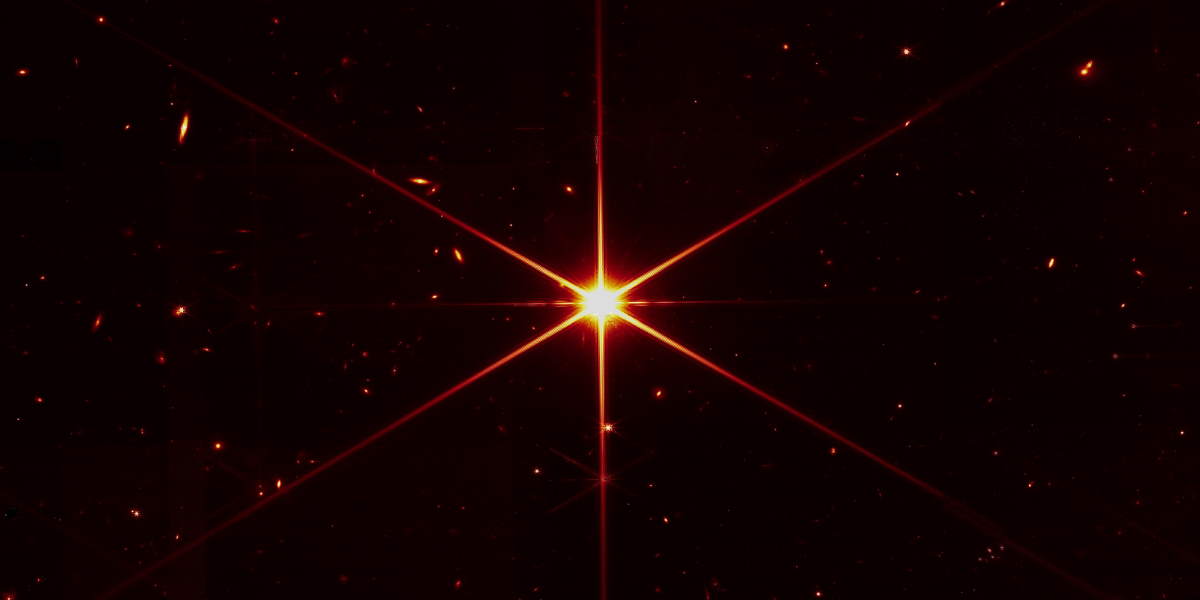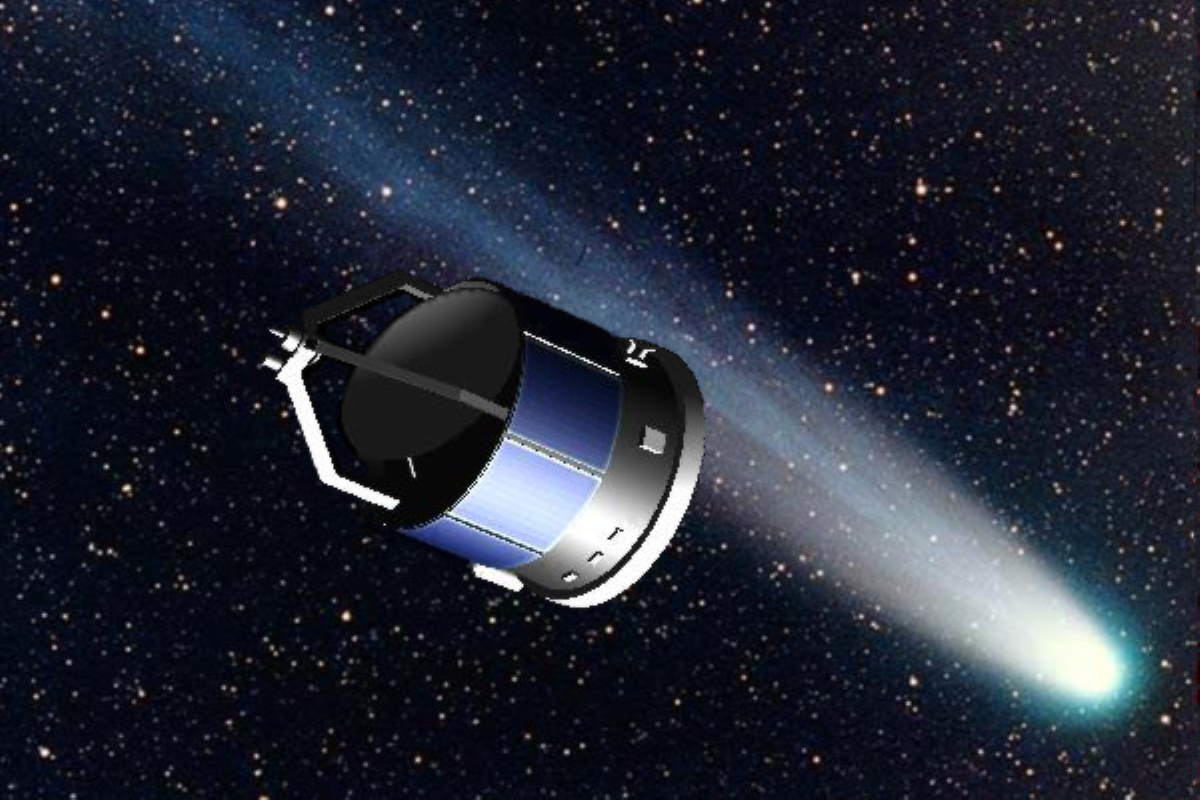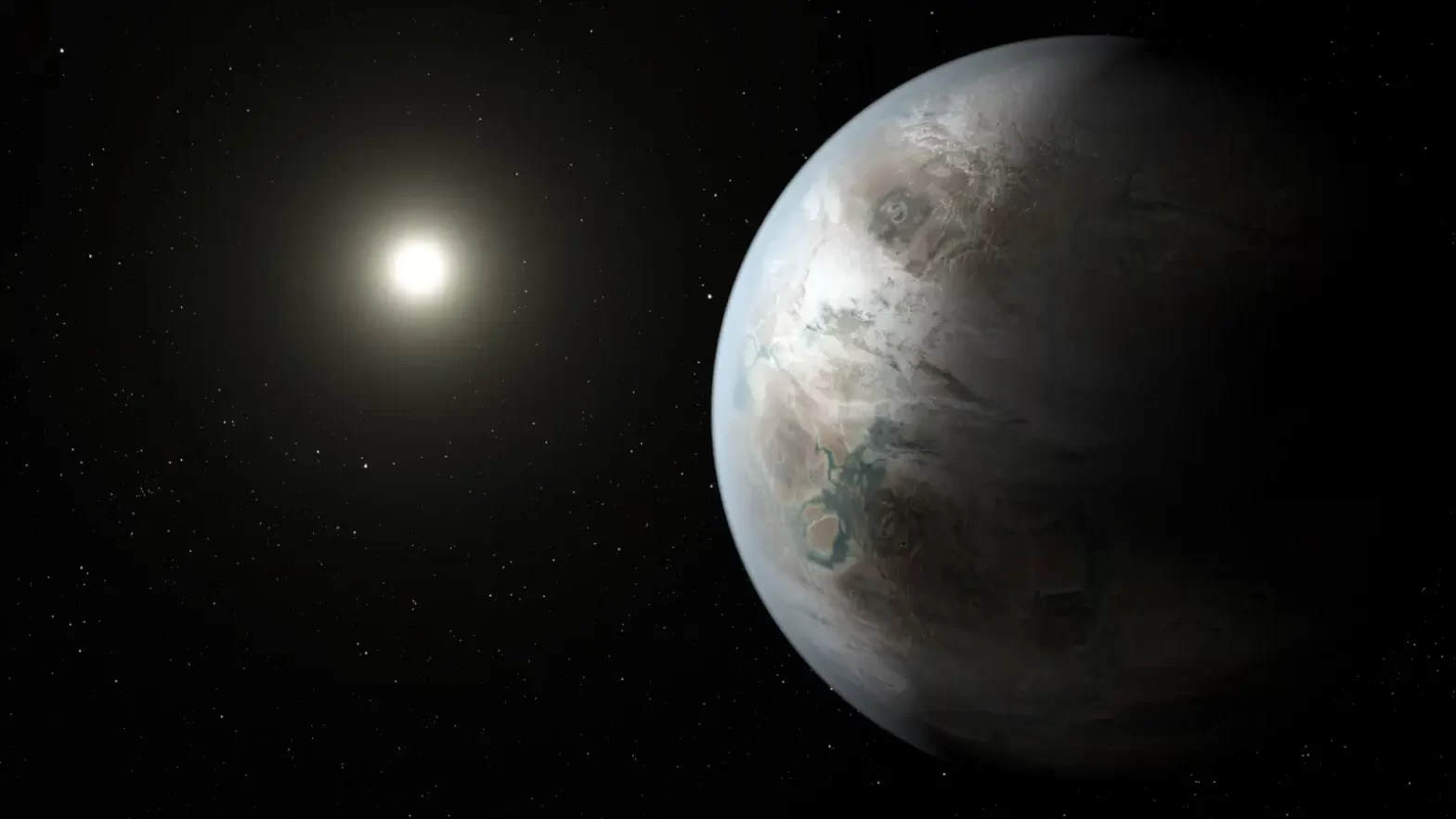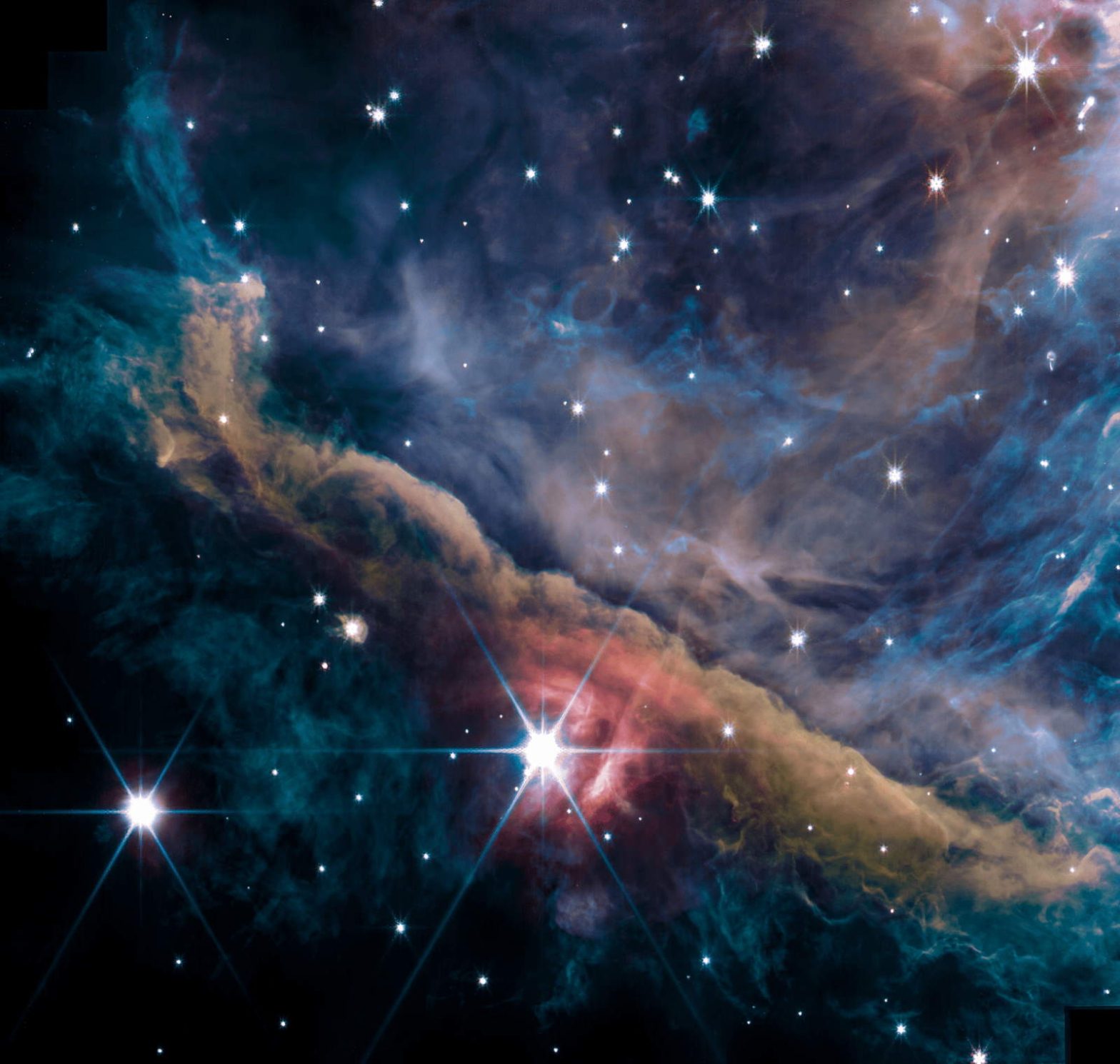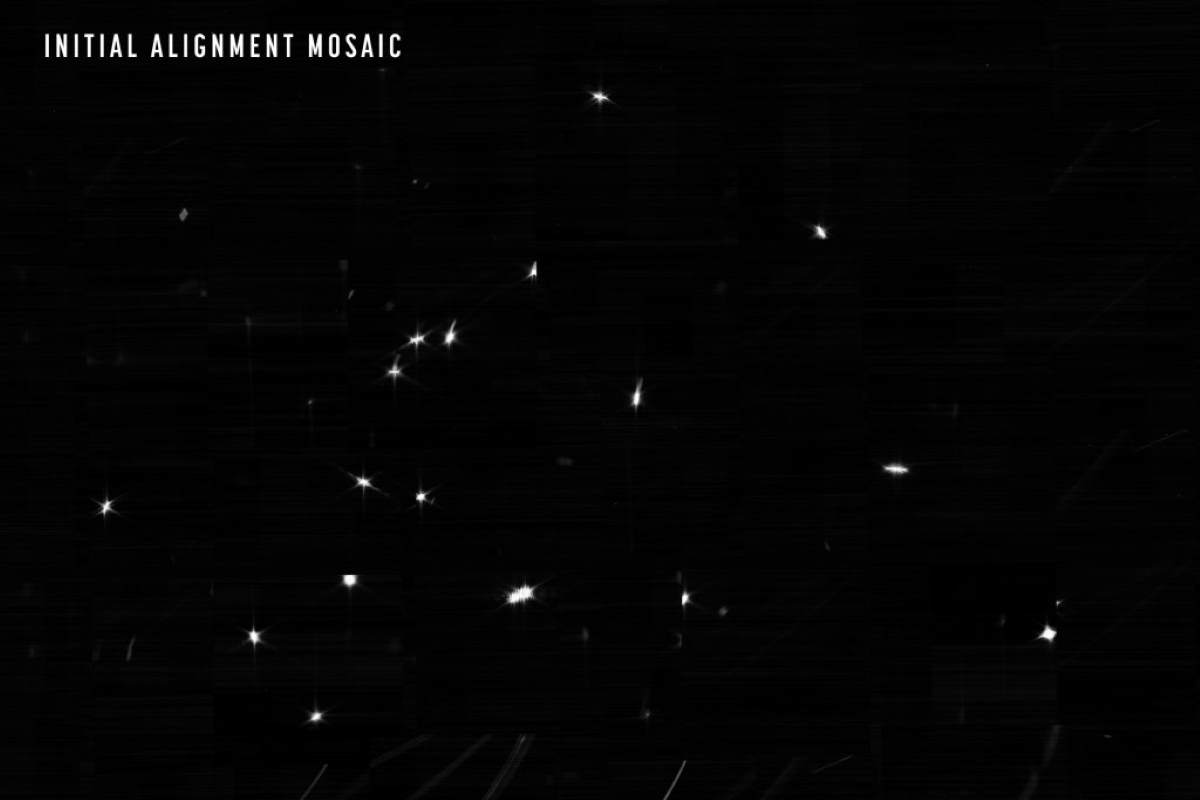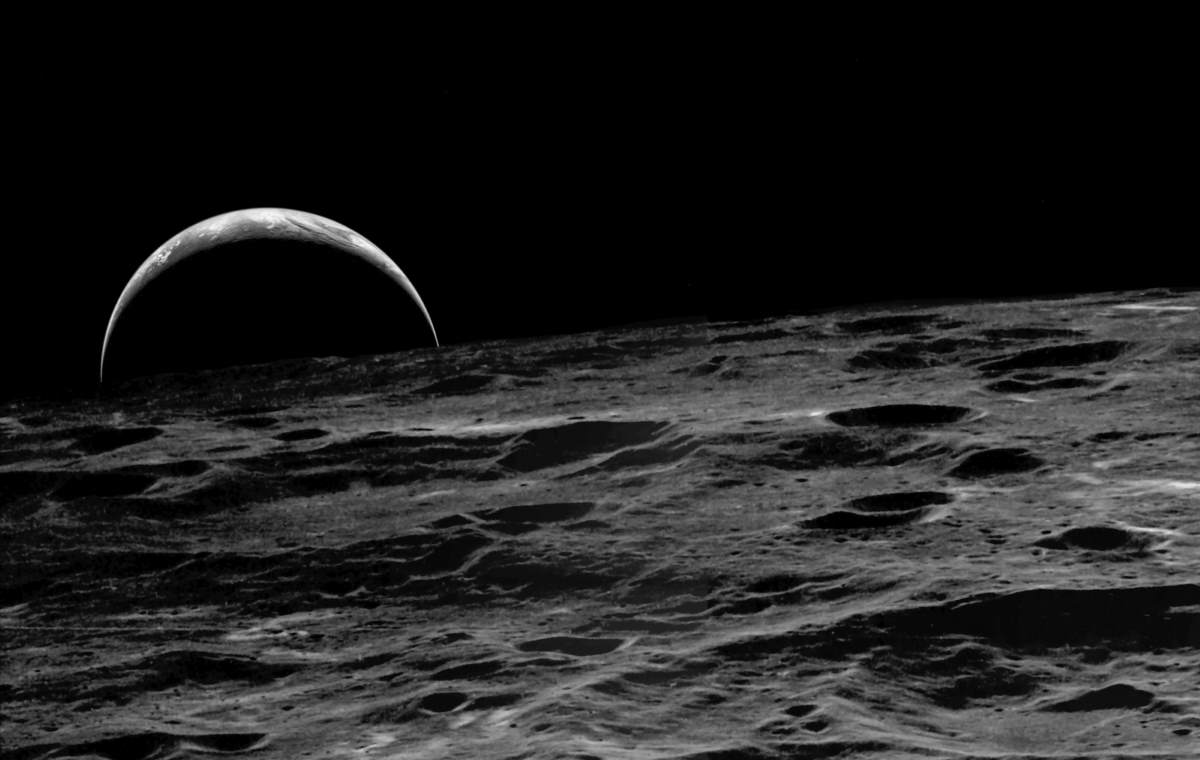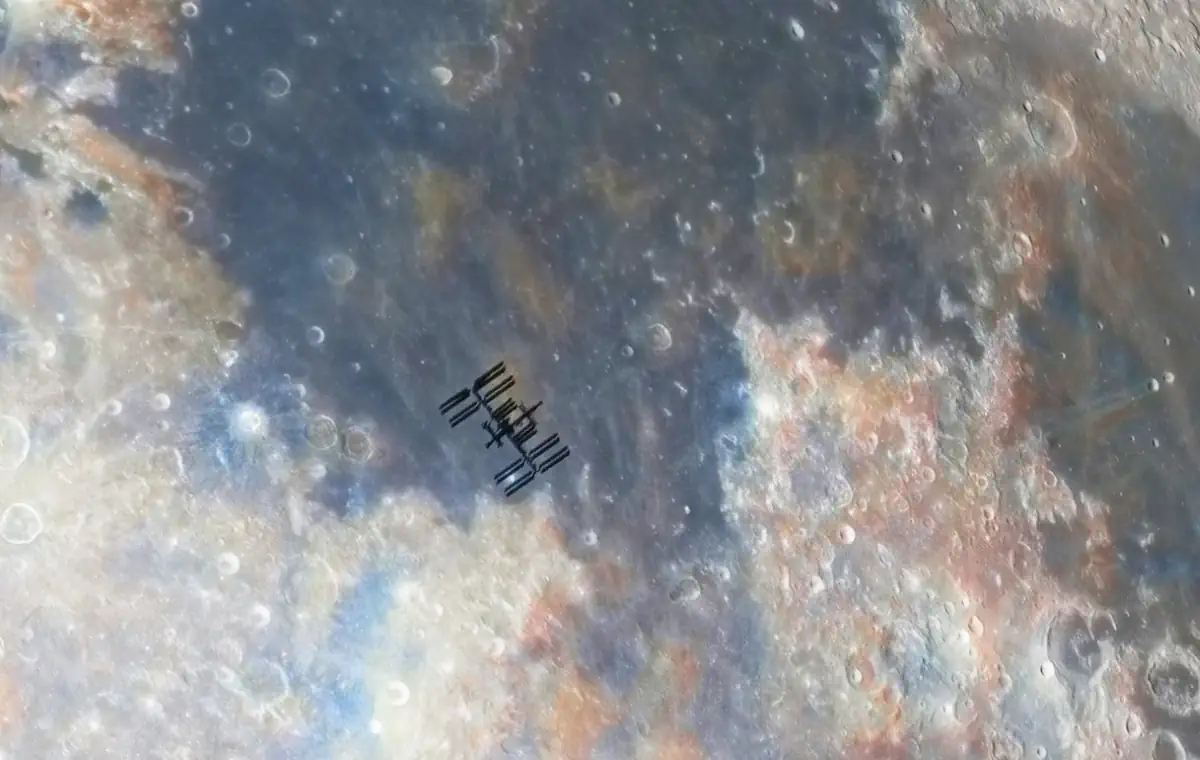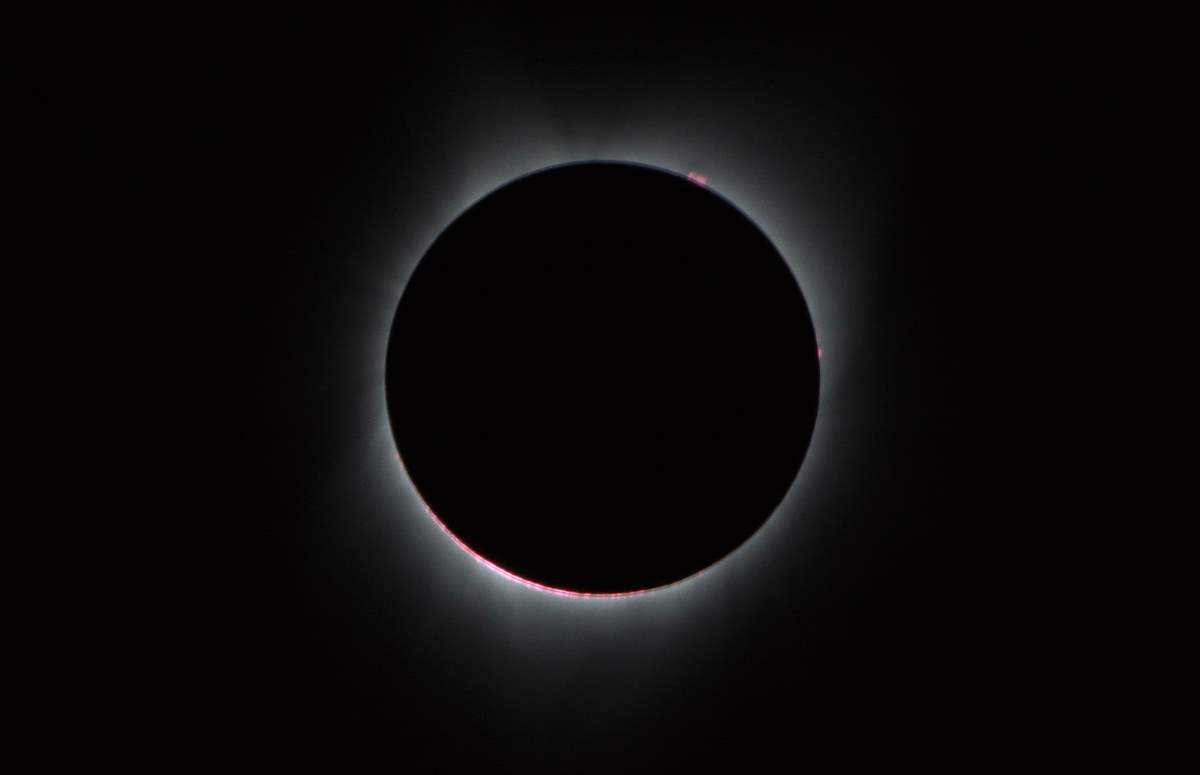March 16, 2022, was a huge milestone for NASA’s James Webb Space Telescope (JWST): the alignment process of the telescope’s mirrors has finally been completed successfully and it produced the first unified, aligned, and bright image of a single star. NASA announces JWST’s optics are working as expected. The space telescope was reported to be “fully focused”.
